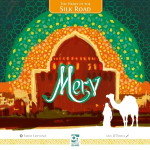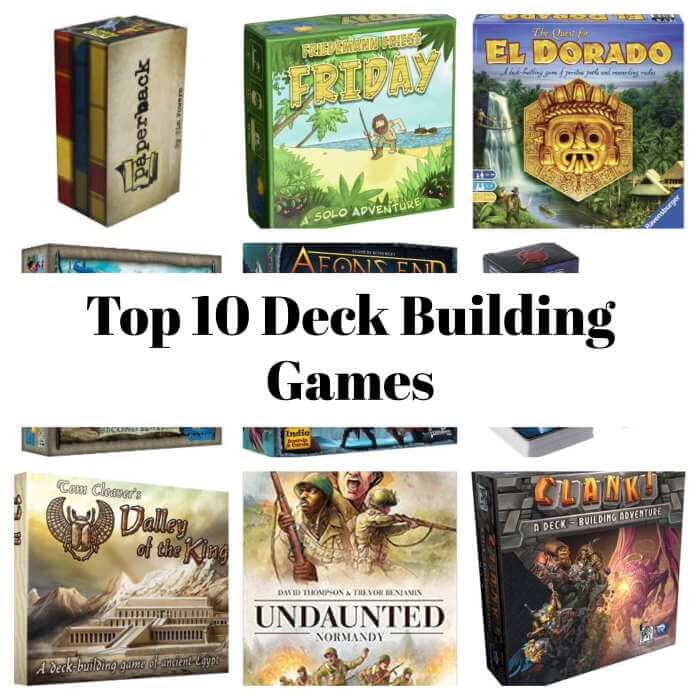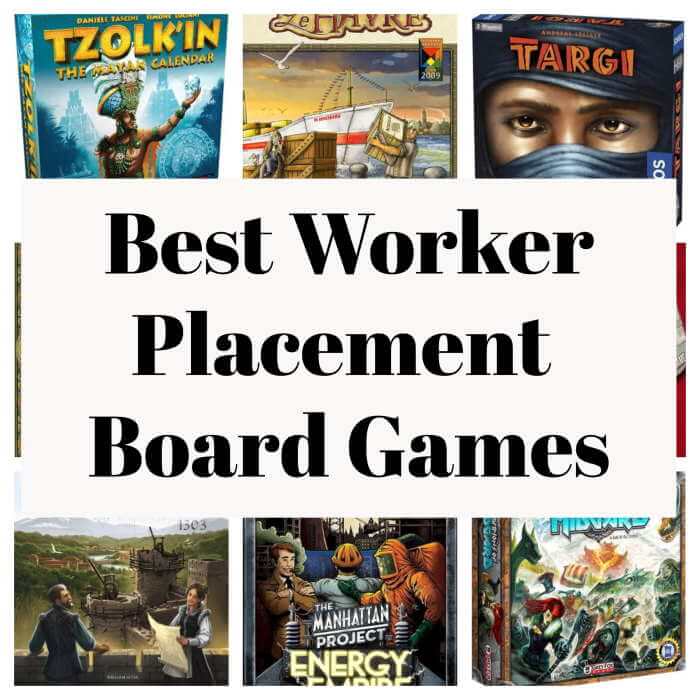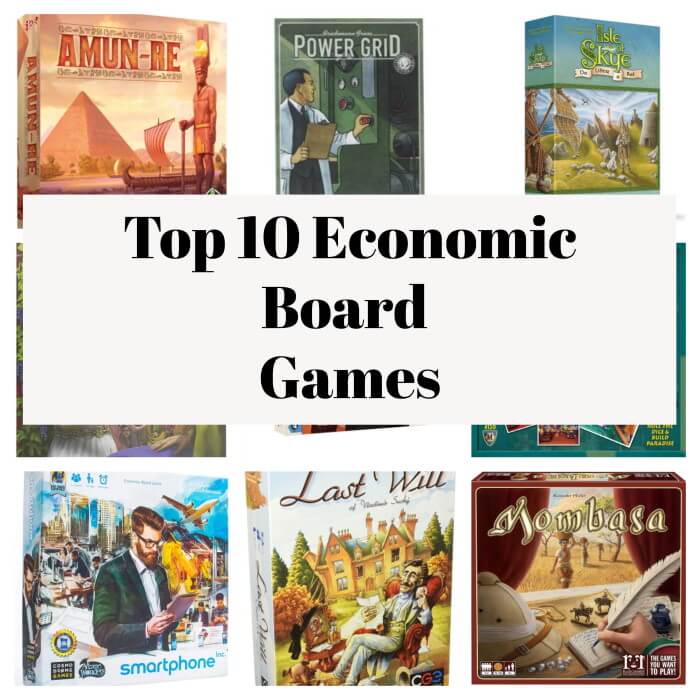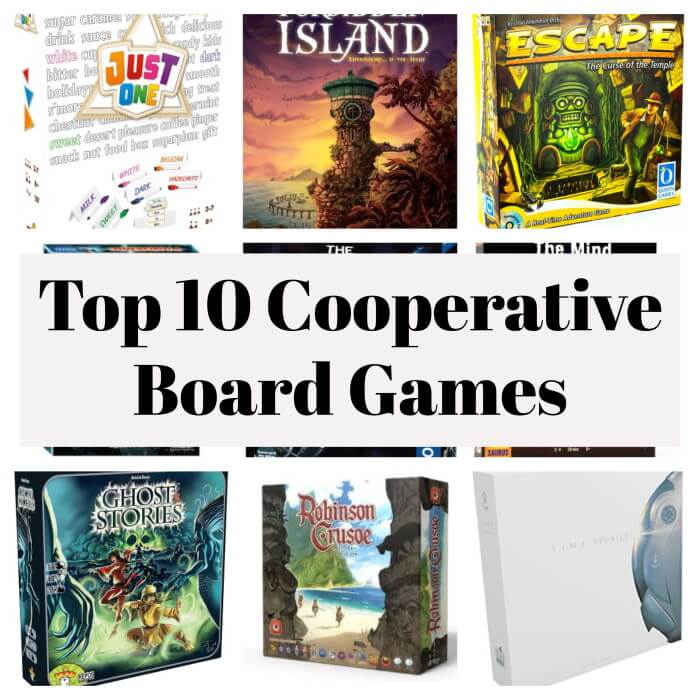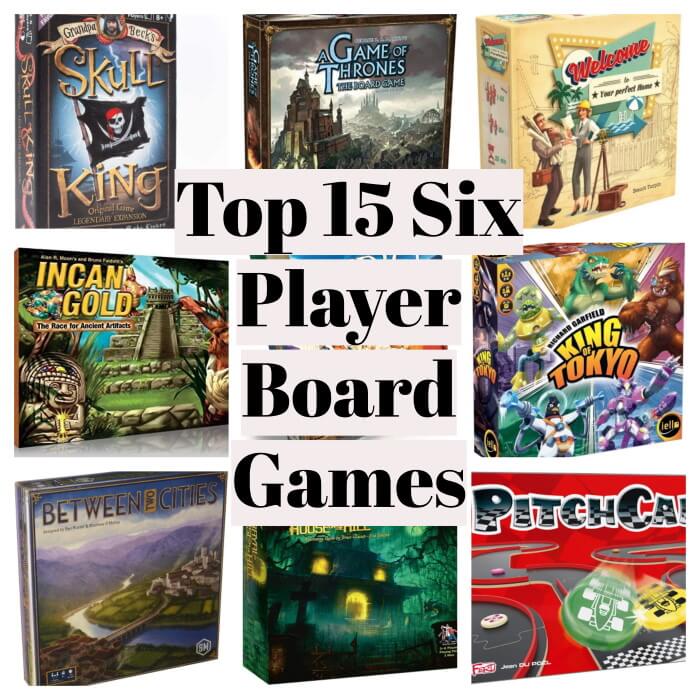Merv: The Heart of the Silk Road at a Glance
| Game Type Arabian and Medieval Theme, City Building, Economic , Contracts, Modular Board, Ownership, Set Collection, Solo/Solitaire Game, Square Grid, Track Movement, Variable Set-up | Play Time 90 mins | Skill/Complexity (4.2 - 5) Medium - Heavy |
| Age 14+ | Publisher(s) Osprey Games and Others | Published 2020 |
| Categories Strategy | Players 1 - 4 | Cost $59.99 approx. |
| Our Rating 6.4/10 |
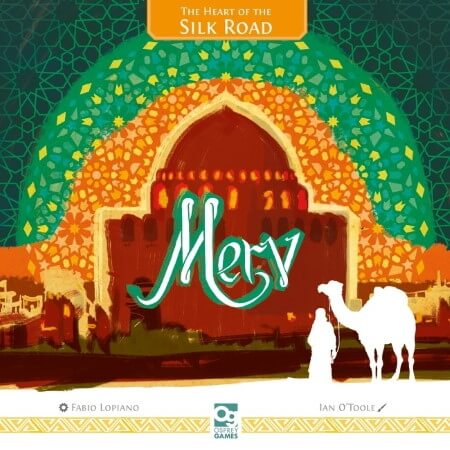
There are board games sometimes that I take one look at and get the feeling that it will be a game I will really enjoy. Personally, I tend to gravitate toward medium-weight Euro games, and I don’t mind it when a game doesn’t have much in the way of immersive theme as long as it is engaging and allows me to lose myself in a web of game mechanisms to piece together.
Without hearing any of the rules, I could already tell it would be a “place this here to get this resource and trigger this action, which will allow you to do this and that and move up this track to gain bonuses and points, and the person with the greatest number of points will win the game” sort of game – and this is a type of game I can simply not resist.
The big question, however is: did this game stand out to me? Did it offer a new and fresh experience that I can’t wait to return to? Let’s dig a little deeper into some aspects of gameplay and pros/cons, and then I’ll finish with some of my final thoughts on the game.
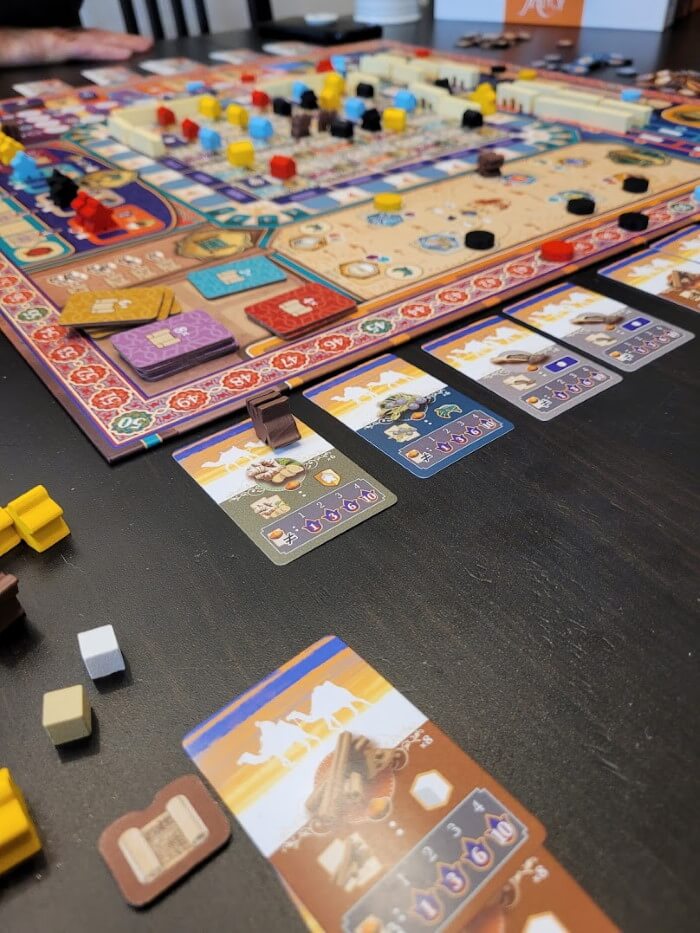
About – Description
In Merv, players are competing to become the most prosperous and wealthy leader in the bustling 12-century city on the silk road. Players can accumulate wealth in a number of ways, such as trading goods, strategically constructing buildings in the city, and donating money to the mosque, all of which can generate favor points in order to win the game.
Merv: The Heart of the Silk Road, designed by Fabio Lopiano, is a game that is completely in my wheelhouse and should, on paper at least, be a game I love; it has many avenues to score points, set collection, tracks to move up to gain bonuses, contracts to fulfill, goods to gather, and a grid of tiles in the middle of the board, and a vibrant and colorful game board.
At its heart, Merv is a resource-management and set-collection game with some slight elements of worker placement/action selection.
The game plays 1-4 players in about 90 minutes.
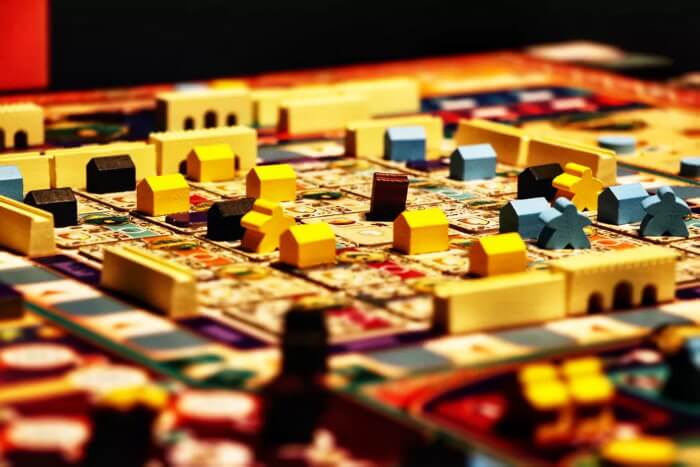
Who is Merv Best Suited For?
I would say Merv is a game best suited for gamers who tend to enjoy the type of game I described in the intro: games that are light on theme but feature many different ways to score points by gathering goods, moving up tracks, fulfilling contracts, and performing different actions.
Fans of games by designers like Stefan Feld and Simone Luciani will probably be drawn in to try out this game.
Skill-Complexity?
According to BoardGameGeek, Merv has a weight rating of 3.39/5 and this aligns with my personal experience with the game; it definitely felt medium-heavy (leaning more toward heavy) in complexity.
There are many things going on in this game with different areas of the board to focus on in order to perform different kinds of actions to score points in different ways.
This is a game best suited for experienced gamers and not for casual gatherings with friends/family who don’t ordinarily play many games.
Gameplay and Insights
The biggest aspect of gameplay in Merv focuses on a 5×5 grid of tiles in the middle of the board that players will utilize to gather resources (cubes) of different colors and trigger certain actions on the board.
At the beginning of the game, players take turns placing their “master meeple” on an available action slot next to a tile at the top of the grid. Players will work clockwise around the grid on subsequent turns, with each round consisting of one trip around the grid and the game consisting of three rounds.
When a player places a meeple, they choose a building site in that row or column to activate and place one of their buildings on it if it is an empty tile. Each building site produces a cube of a certain color, and the player will receive a number of cubes of a certain color for each matching building in that row/column where they activated the building site. For instance, if they activate a building site with an orange cube, and there are two other buildings in that row with an orange cube printed on it, they will receive three orange cubes. If another player owns that building, they will also receive an orange cube. Then, players have a choice to activate the action printed on the building, gain favor (move up the favor track), or deploy a soldier (to defend against Mongols at the end of round).
Actions that can be triggered on tiles include moving up the favor track (to gain points and score bonuses at the end of each round), taking caravan cards by spending resource cubes (used for set collection bonus points), placing meeple in the palace by spending resource cubes (meeple in the palace score bonuses at the end of each round for scrolls, caravan cards, goods, and position on the mosque track), and collecting scrolls from the library (provide special bonuses when different thresholds are reached), traveling around a map and buying goods/establishing trading posts in different cities (goods can be used to fulfill contracts), moving up the mosque track (to gain points/unlock certain bonuses), and building the wall (to protect tiles from the Mongol attack at the end of the round and to gain points). Camels can also be collected and used in a variety of ways in the game, such as currency for turn order and for traveling in the marketplace.
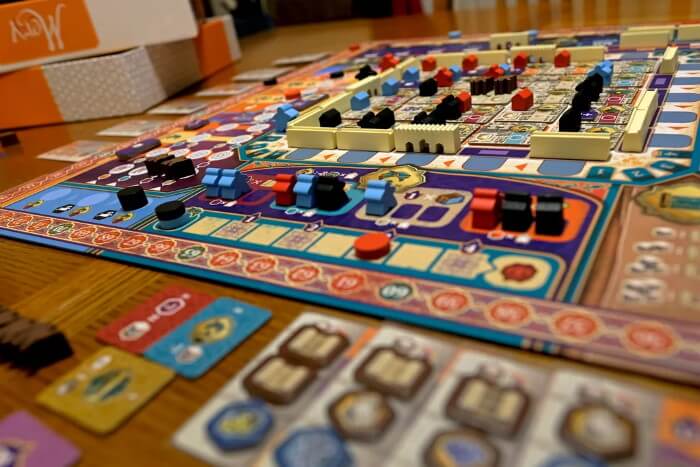
At the end of each round, players score points for buildings, meeple in the palace (and by spending favor to score points based on how many items a player has in a given category), scoring tiles, reaching the end of the mosque track.
At the end of the 2nd and 3rd rounds, the Mongols attack, and each tile must defend itself from all sides with a wall or soldier. If a tile is unprotected (from any side), the player must lose the building or pay a resource cube matching the color printed on the building (or bonus upgrade). At the end of the game (end of 3rd round), players will evaluate standard end-of-round scoring but will also cash in points for unique sets of caravan cards. At that point, the player with the most points will be the winner of the game.
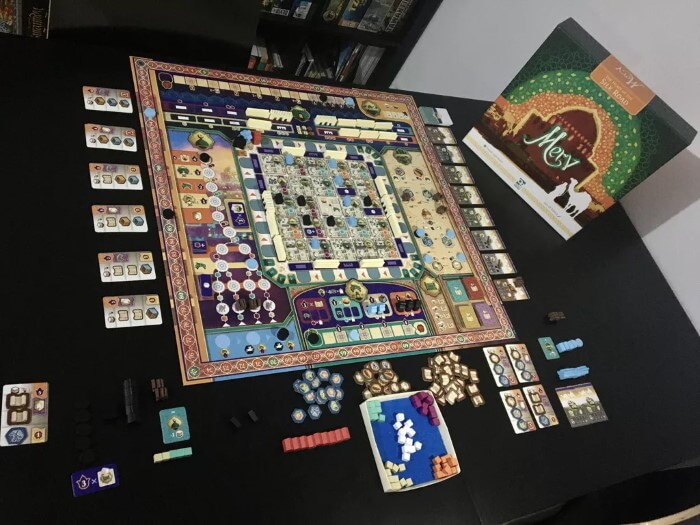
Versions/Editions/Expansions
Being a 2020 release, Merv only currently has one edition, and does yet not have any expansions.
Likes & Dislikes

- Beautiful board/artwork – I really love when a game is fun to look at, and there’s no question that the clean and vibrant Ian O’Toole artwork has really brought this game to life. The game looks great!
- Many tough decisions – Trying to figure out whether to build a new building by activating an empty tile, or activate another player’s tile, in order to gain a bunch of resources of one type you really need or to activate an action you are really hoping to perform, can lead to some really tough choices in how to make many areas of the game come into balance.
- Rewarding turns – What attracts me to point salad type games is the fact that I enjoy feeling constantly rewarded when I play a game. By gaining a few points here and there, and for having some big turns where you can cash in on resources to gain a lot of points, I tend to feel engaged in the game. Merv did provide me with many moments where I had tried focusing on one area of the board to score a bunch of points, and when that paid off it felt very good.

- Does not feel original – While the tile grid aspect of the game was pretty cool, I still did not feel like there was much that this game offers in terms of originality. This is a game that I felt like I had already played many different times before in different iterations. I mentioned in the intro that this is a game that I should by all accounts love as it has similar aspects to games I have very much enjoyed in the past. Yet, it’s also because of this reason that the game did not really shine for me. I’ve simply played too many games that feel just like this, and in my opinion, I’d rather just play those other games.
- Analysis Paralysis (AP) – Because of the sheer number of options to focus on, with the different colors of resource cubes, actions to activate, and ways to score points, the game lends itself to AP which can really slow down gameplay.
- Why are there different types of goods? – I still cannot for the life of me understand why there are different types of goods printed on the marketplace spaces. Essentially there are goods of two types: blue and orange. Yet, there are also four different types of blue and four different types of orange goods – and as far as I can tell, these 8 different goods types mean absolutely nothing. These goods are used to fulfill contracts or score points in the palace, yet in both cases the game only specifies the need for a blue or orange good, not a specific type. I am not a fan of a game putting in symbology on game components that do not matter to the game. Maybe these will be relevant in an upcoming expansion, but for now I don’t understand why these were included other than for pasted-on theme.
Final Thoughts
Merv is a game that I really wanted to like as it has many different mechanisms that I tend to really enjoy, and looks so beautiful; however, in the end, this is a game that did not manage to make me feel like I was playing anything original or fresh. That’s not to say that the game is inherently bad, and in fact I think that many people will likely enjoy this game, but for me this felt like a fairly forgettable game despite the mechanisms and different ways to score points.
I always gauge how much I like a game by how much I continue to think about it after I am done playing it, and Merv is one that has already faded to the back of my memory.
